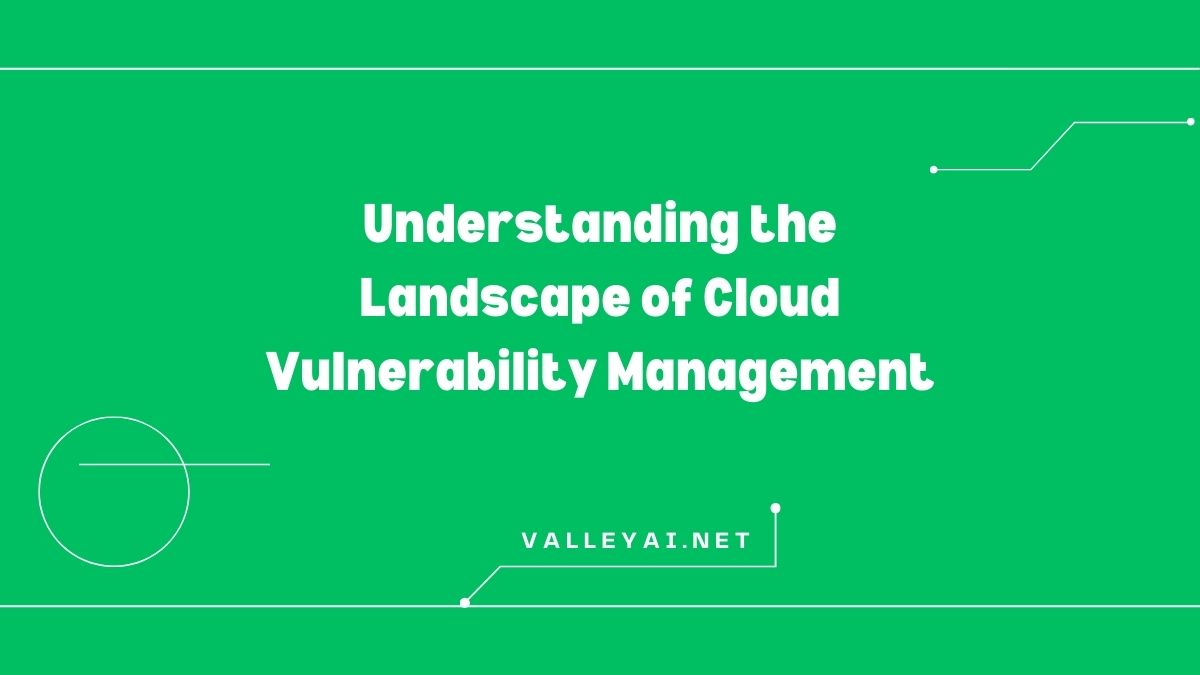In the digital age, where cloud computing has become the backbone of the global economy, a thorough grasp of cloud vulnerability management marks the difference between thriving and surviving.
Stepping into this evolving arena with a clear understanding and actionable strategies can empower businesses to stand firm against a tide of cyber threats. As the number of cloud-based solutions rises, protecting these virtual environments becomes paramount, calling for sophisticated defense mechanisms that guard data integrity and privacy.
This detailed exposé dives into the foundational elements of managing cloud vulnerabilities, exploring the intricacies of the cyber-threat landscape, and unraveling the best practices that fortify cloud ecosystems.
Aided by insights from leading security experts and real-world case studies, we navigate the course toward robust cloud security, emphasizing the proactive measures that must be woven into the corporate fabric to ensure resiliency and compliance in our interconnected world.
Key Takeaways:
- There is a growing need for effective cloud vulnerability management to safeguard organizational assets.
- Identifying prevalent challenges and presenting best practices for securing cloud environments.
- Exploring how compliance, frameworks, and user education are pivotal in building a sound cloud security strategy.
The Significance of Cloud Vulnerability Management
The rise of cloud computing has been revolutionary, offering scalability, flexibility, and economic benefits that traditional systems could not match. Yet, with this transformative change comes a heightened threat landscape.
Cloud vulnerability management is a practice that must be mastered to protect sensitive information from unauthorized access and potential breaches. Proactive vulnerability management serves as the first line of defense against cyber threats, offering companies the vigilance to detect and patch security gaps before they can be exploited.
Challenges in Cloud Security
Cloud security confronts a variety of unique challenges that stem from its dynamic nature. The deployment of services across different platforms and vendors and the constant evolution of technologies make for a complex security environment.
The distributed nature of cloud services also introduces issues such as secure data transmission and user authentication. Remote access, often necessary for a global workforce, further complicates the landscape, creating potential entry points for attackers and necessitating tight controls and transparent policies.
Best Practices for Cloud Vulnerability Management
Organizations should adhere to industry-recognized best practices to safeguard against the risks associated with cloud computing. Conducting regular security assessments, employing robust patch management processes, and leveraging automation for routine tasks helps ensure a secure and resilient cloud infrastructure.
By establishing a structured approach to vulnerability management, businesses can methodically identify and mitigate threats, strengthening their overall cyber defense.
Cloud Security Frameworks and Compliance
The role of established security frameworks and compliance regulations must be balanced in cloud security. International standards such as ISO 27001 set the benchmark for a secure cloud computing environment, while specific rules like GDPR and HIPAA impose stringent guidelines to ensure data protection.
Upholding these frameworks assures legal compliance and contributes to an organization’s reputation as a trustworthy steward of customer data.
The Evolution of Threat Landscape in Cloud Computing
Cloud computing is an ever-shifting paradigm, and the threats that target it evolve just as rapidly. Cyber adversaries consistently develop sophisticated techniques to compromise cloud services.
Organizations must, therefore, continually refine their security measures, employing advanced tools like AI to anticipate and thwart potential attacks. Real-time monitoring and analysis play critical roles in maintaining a secure cloud presence.
Case Studies: Successful Cloud Vulnerability Management
There is much to learn from those who have successfully navigated the waters of cloud vulnerability management. Case studies provide a repository of experiences, offering insights into diverse strategies and methodologies that have proven effective. These real-world scenarios highlight the importance of a strategic, multi-layered approach to cloud security and the value of learning from failures and successes.
User Education and Awareness
Even with the most advanced security technologies, the human factor can be the weakest link. User education is thus a critical aspect of a comprehensive security strategy. Businesses are better equipped to reduce the risks of phishing attacks, social engineering, and other user-targeted threats if they regularly invest in training and foster a security-conscious culture.
Third-Party Risk Management in the Cloud
Third-party service providers are an integral component of the cloud ecosystem. However, entrusting external entities with organizational data introduces additional risks. Rigorous third-party risk assessments, clear security clauses in vendor contracts, and continuous oversight are necessary to effectively manage and mitigate these external security variables.
Future Trends in Cloud Security
The future of cloud security is bound to witness technological advancements that will shake up the status quo. Quantum computing can potentially disrupt current cryptographic methodologies, necessitating the development of quantum-resistant algorithms. Security professionals can better prepare for the next wave of cyber defense tactics by staying abreast of emerging technologies and trends.
Concluding Thoughts: Elevating Cloud Security Maturity
An organization’s cloud security maturity measures its ability to handle vulnerabilities and respond to incidents efficiently. Achieving a high level of maturity requires a continuous commitment to evaluating and improving security practices. This pursuit of excellence in cloud vulnerability management ensures that companies are not just reactive to threats but also predictive and preventive, creating a security posture that is both robust and adaptive.
Throughout the discourse on cloud vulnerability management, we lend context by referencing reports such as the recent statistics from IBM, which explore cyber incidents’ fiscal and reputational repercussions. Moreover, viewpoints from prominent figures in the industry, such as the former director of CISA, contribute depth, as detailed in Security Magazine’s interview.
Drawing on these resources and thoroughly assessing the contemporary cloud-vulnerability landscape equips readers with the knowledge needed to enact effective and resilient security measures in an increasingly cloud-centric world.
Admin
My name is Kaleem and i am a computer science graduate with 5+ years of experience in AI tools, tech, and web innovation. I founded ValleyAI.net to simplify AI, internet, and computer topics while curating high-quality tools from leading innovators. My clear, hands-on content is trusted by 5K+ monthly readers worldwide.

